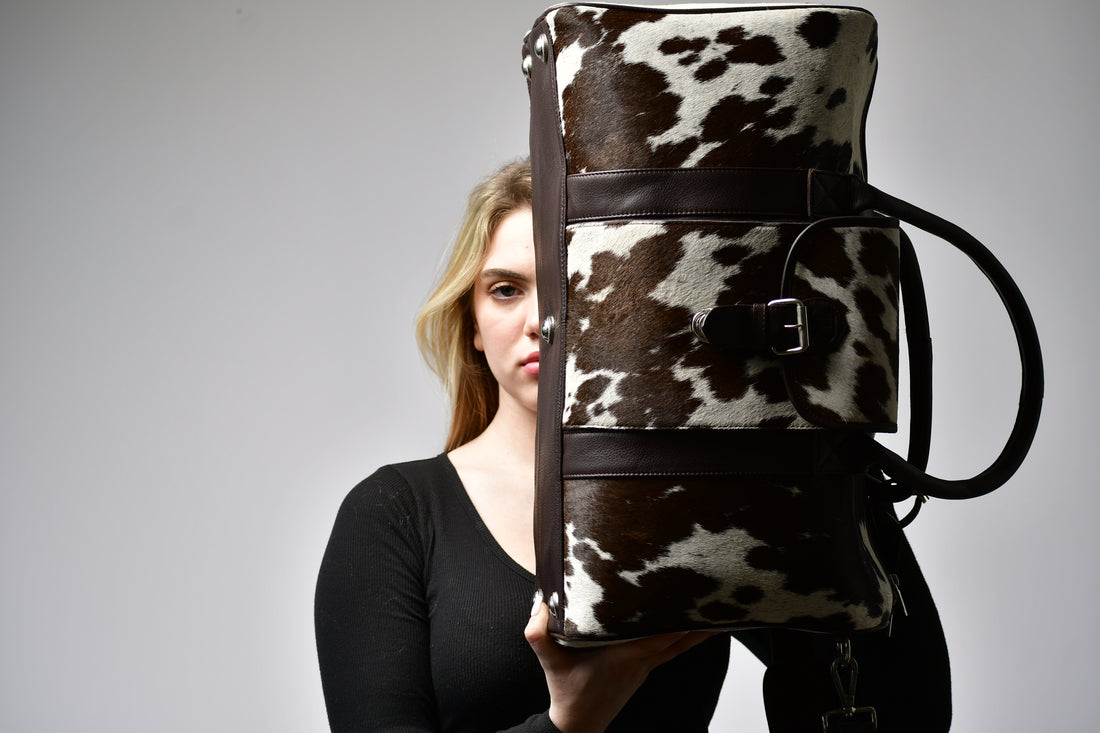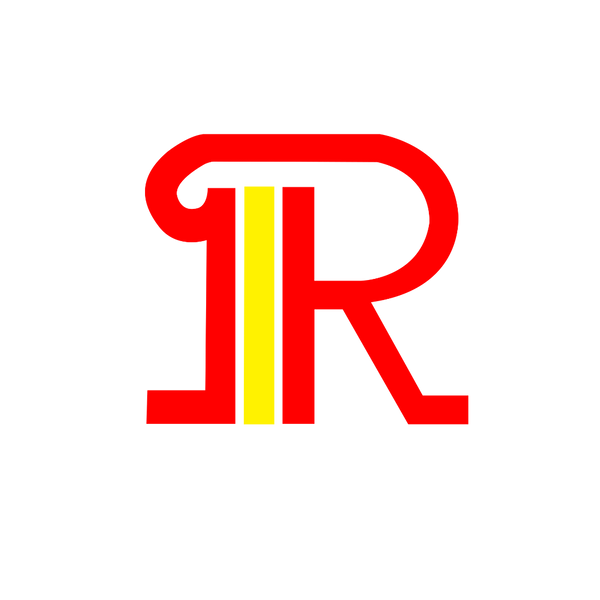
Ultimate Guide to Leather
Share
An Ultimate Guide to Leather
New to the world of leather? You may find the variety of leather a little confusing. Before selecting the best leather for you, there are various factors to be aware of. For instance, did you know that the top-grain portion of leather isn't always regarded as the hide's most acceptable layer? And indeed, genuine leather is one of the best types available.
It would help if you read up, so you know what you're getting from the leather you're buying, aside from studying various sorts of leather is intriguing. While shopping for a new everyday carry buddy, one of the most crucial decisions you'll have to make is the kind of leather to use.
There are four primary varieties of leather. Here's a guide to the different types of leather you can buy.
FULL GRAIN LEATHER
The best leather on the market is full-grain leather. Full grain refers to the thickest and most resilient portion of an animal's hide that is located just below the hair and exhibits the more authentic qualities of leather because it has not been sanded, buffed, or snuffed.
The leather has higher fiber strength and durability because the grain surface was left untreated before the surface coating was applied. Full grain leather frequently has an aniline finish, which colors or dyes the leather while allowing the original grain to show through. Unlike other varieties of leather, which are sanded down and given a heavier finish coat, this delicate finish allows the leather to continue to breathe.
Since full-grain grain leather is thought to be the best, we ultimately decided to use it for many bags and accessories.
TOP GRAIN LEATHER
Top-grain leather is the second-best kind of leather. Most handbags with a pristine appearance are made from this leather. The topmost layer of the leather is removed through sanding, buffing, or shaving, hence the name top grain. Splitting leather is another name for shaving off the top layer.
The leather can be split for a variety of reasons. One is to smooth out surface flaws and start with a brand-new top surface so that various finishes can be applied. Although top-grain leather bags can lack the distinctiveness you get with full-grain leather, many people consider this a worthwhile trade-off to address flaws. Top-grain leather is often thinner than full-grain leather, which makes it easier to work with and generally costs a little less. This is because top-grain leather allows for corrections.
Most top-grain leather bags are coated with a finish. Although breathability is decreased, stretching may occur, and a natural patina is prevented, this coat will shield the bag from stains or flaws that would seep into a full-grain leather bag.
GENUINE LEATHER
In the world of leather, genuine leather is the third grade, often known as rectified or split leather. Genuine leather is created from the scraps left over after removing the top layer to make top-grain and full-grain leathers. After the tanning process, this leather would not have a natural skin finish; other methods are required to give it that appearance. A combination of synthetic grains, spray painting, and pattern embossing is typically used to make the surface look more like genuine natural top hide leather.
Genuine leather undergoes artificial treatments, which allow for the removal of defects. As a result, genuine leather bags frequently resemble top-grain leather bags.
Since it is beneath the top layer, genuine leather is frequently durable. Due to the artificial methods needed, this type of leather typically has limited breathability. In contrast to full-grain or top-grain leather, genuine leather is usually more affordable because it does not require the harder-to-find top hide and can be artificially altered.
BONDED LEATHER
The lowest grade of leather currently accessible is bonded leather, often known as reconstituted or blended leather.
In most cases, leather scraps are crushed to a pulp and joined with adhesives and fillers. Many people wouldn't classify this as natural leather because it requires many synthetic chemicals, fillers, spray paints, and embossing coatings to mimic full-grain or top-grain leather. The actual amount of genuine leather used in the material at the end of the procedure is frequently low.
Bonded leather has poor durability because relatively little genuine leather is used in this material. It is not generally advisable to buy a bonded leather bag if you are searching for a leather bag that will be your friend for years. Bonded leather is typically the least expensive because it is produced from leather scraps.
Finding the right leather for you
Depending on the sort of leather you buy, prices can vary substantially. Rarer skins and higher quality are typically more expensive, whereas more popular cuts and hides generally are less expensive. Buy the best and fine-quality leather products and leather accessories from the house of Raghen.
